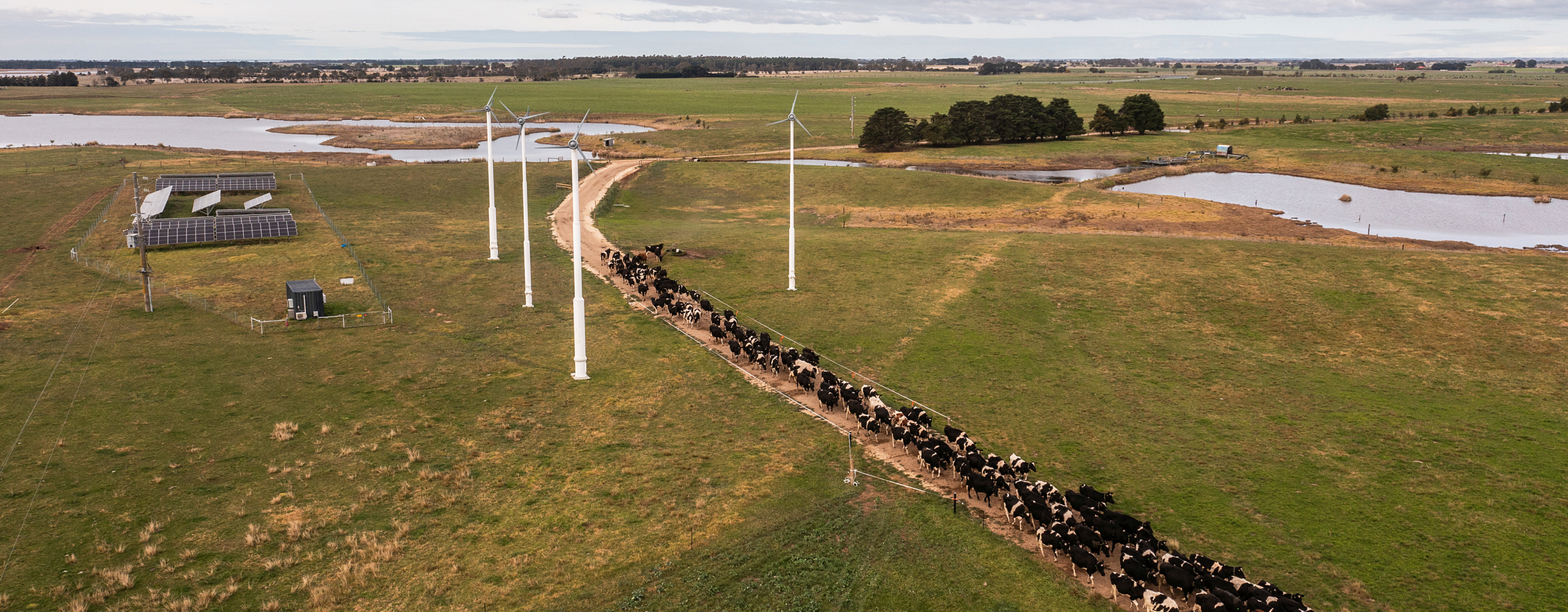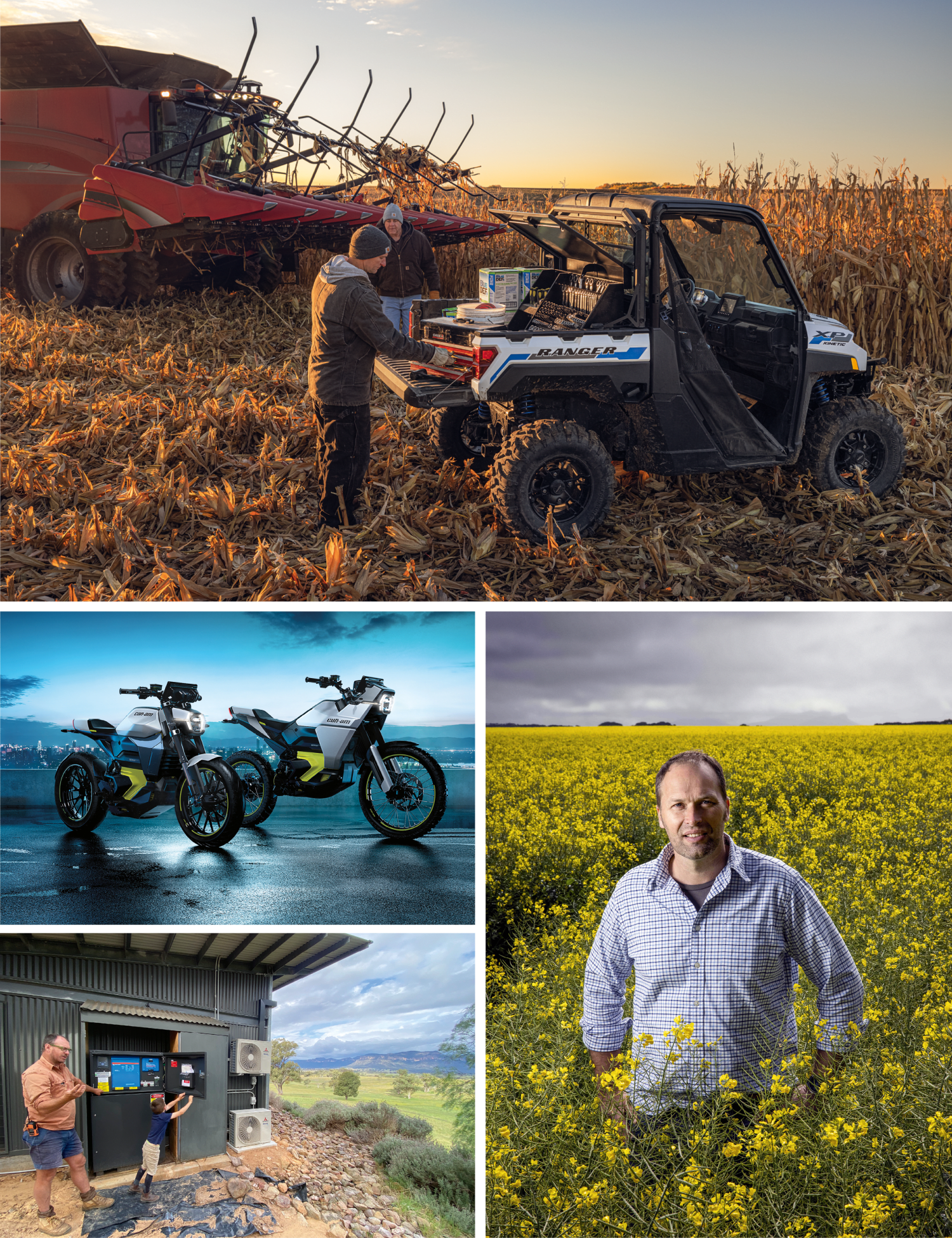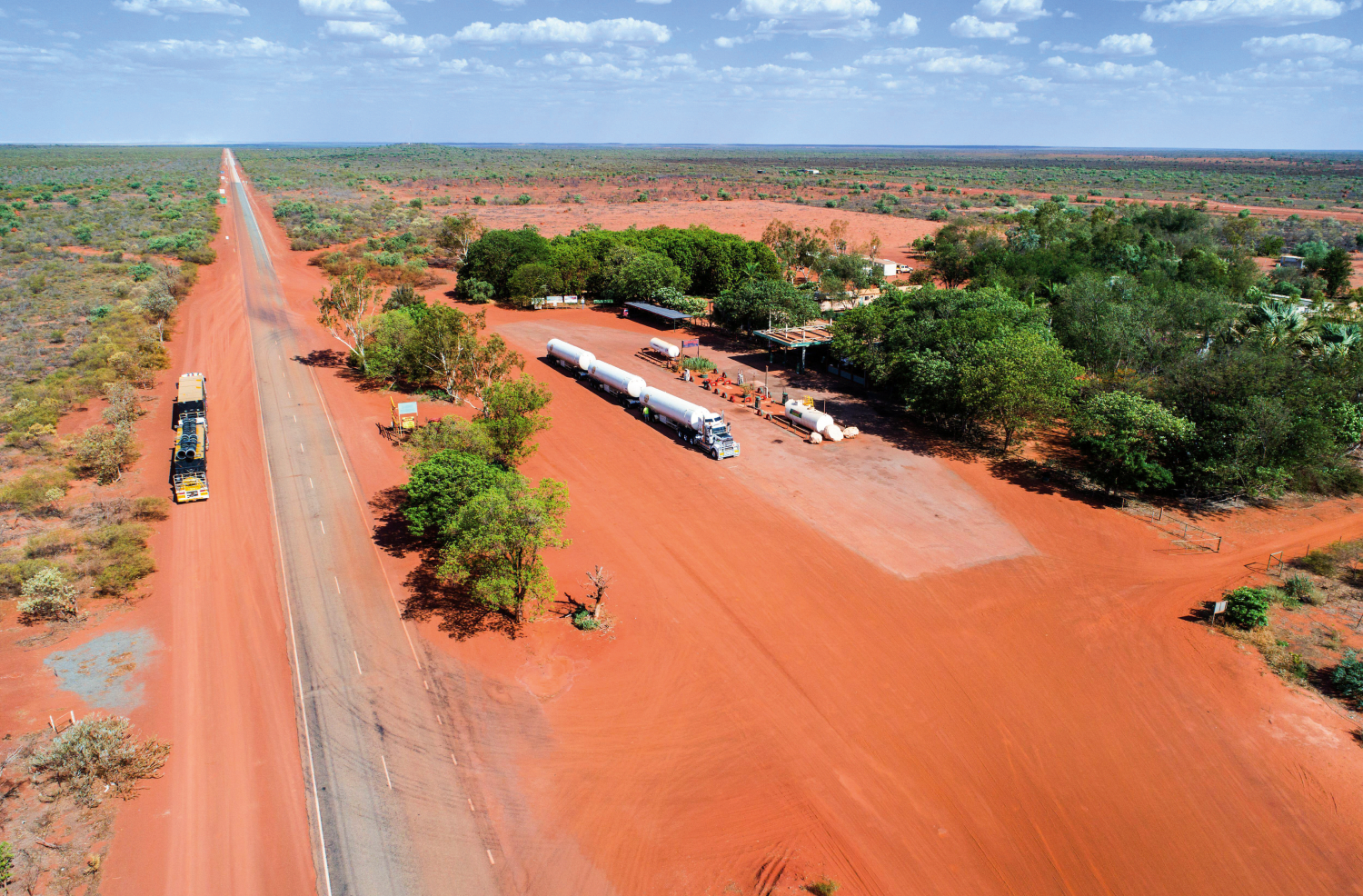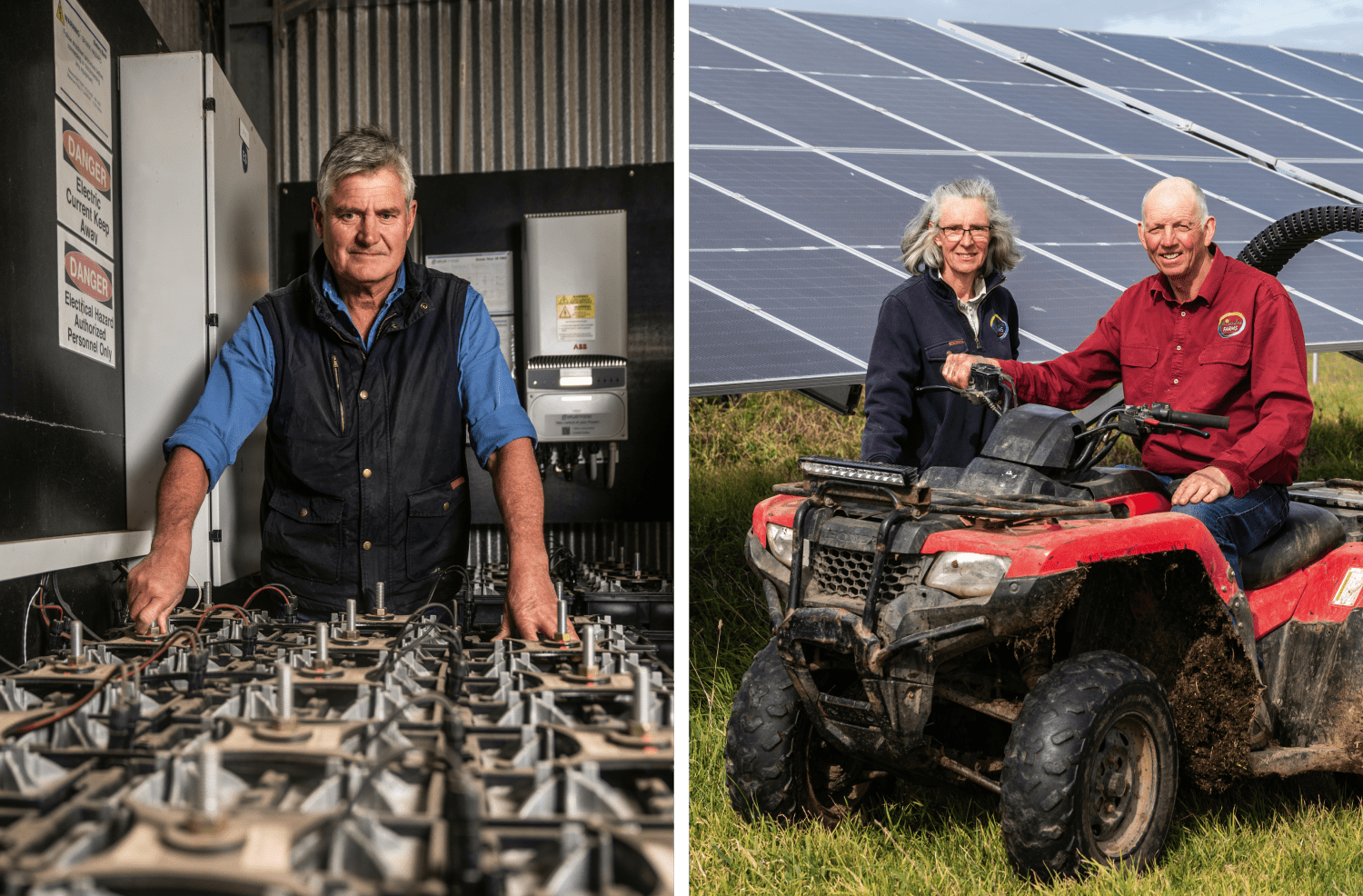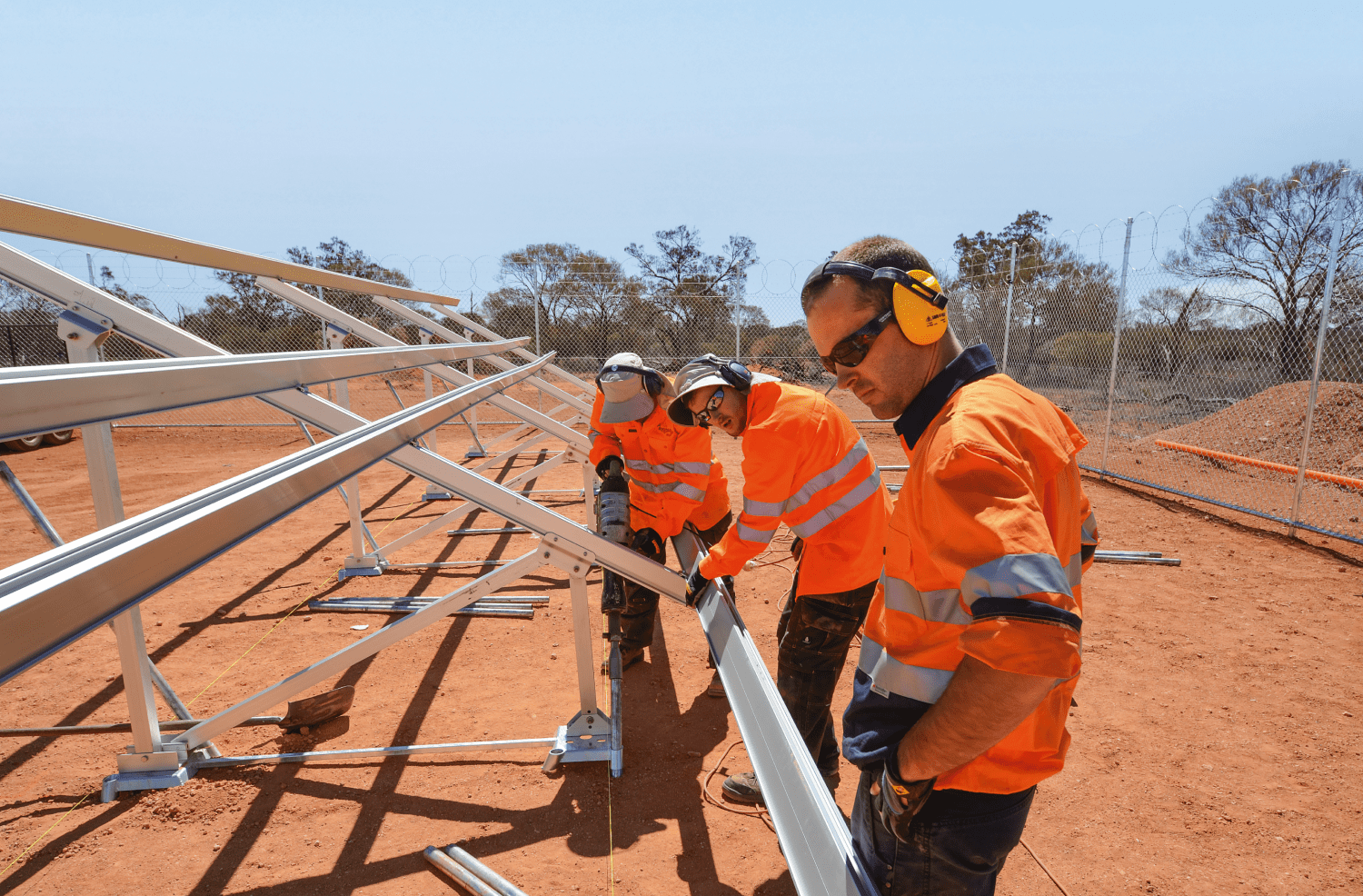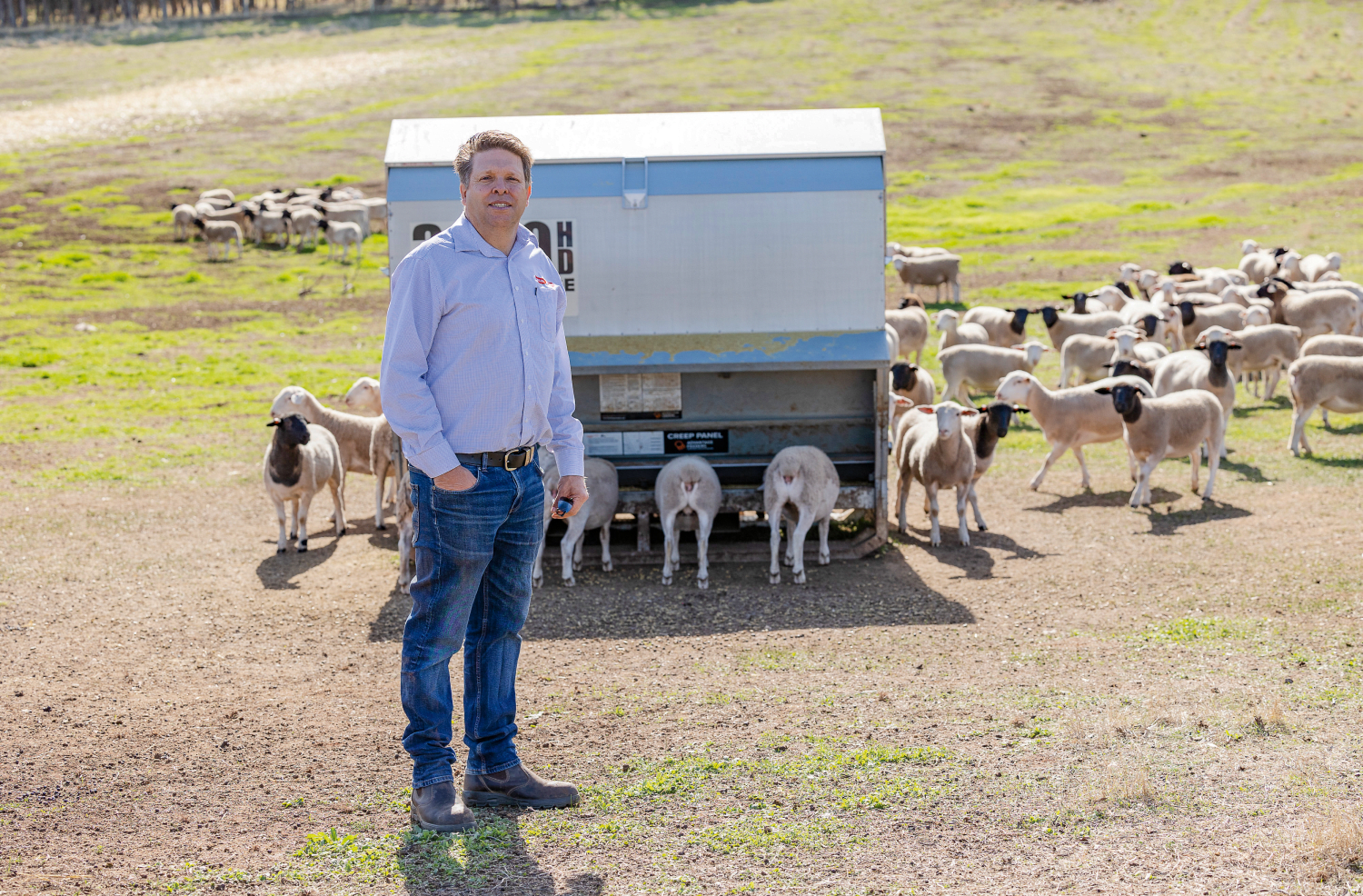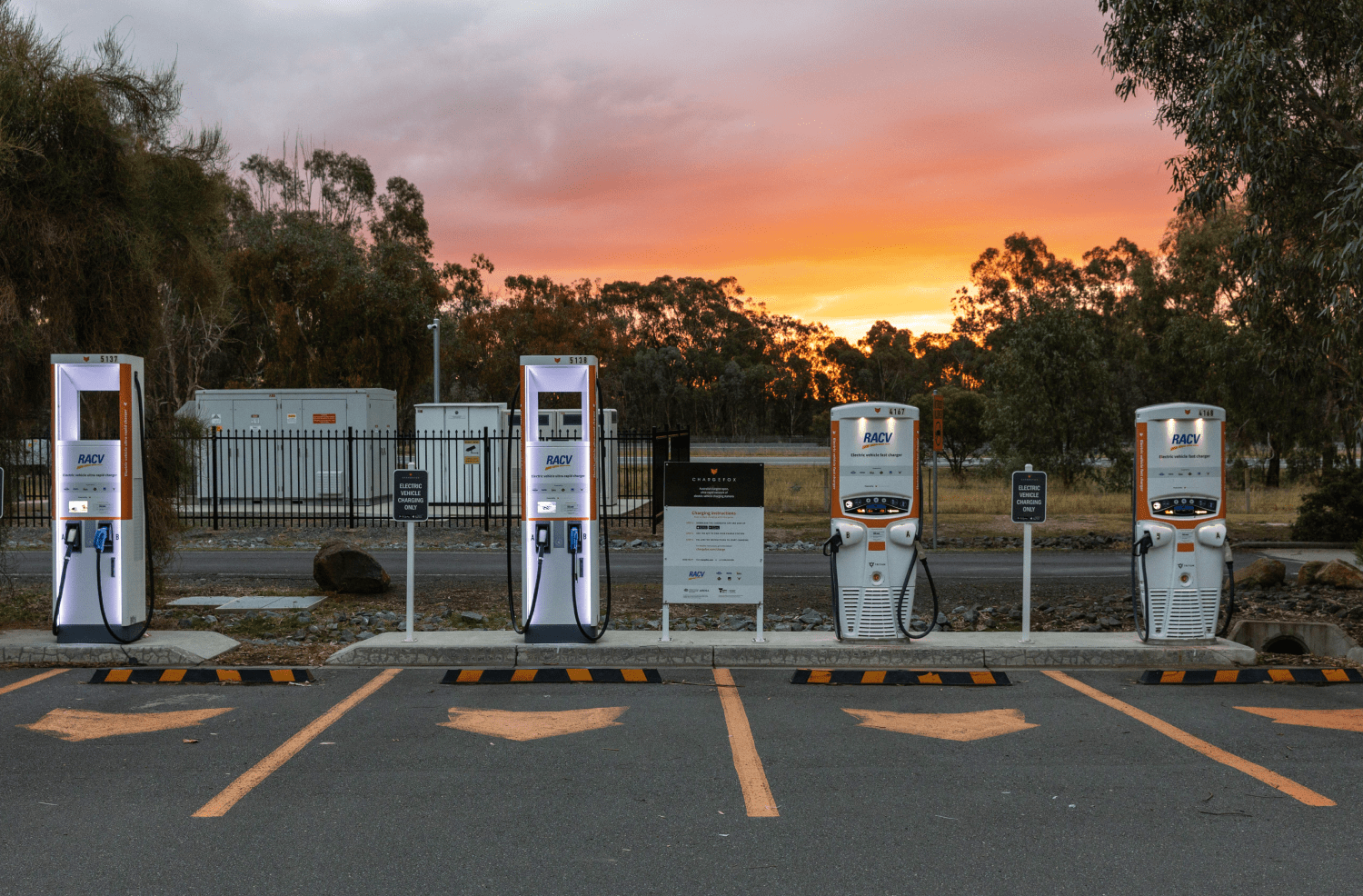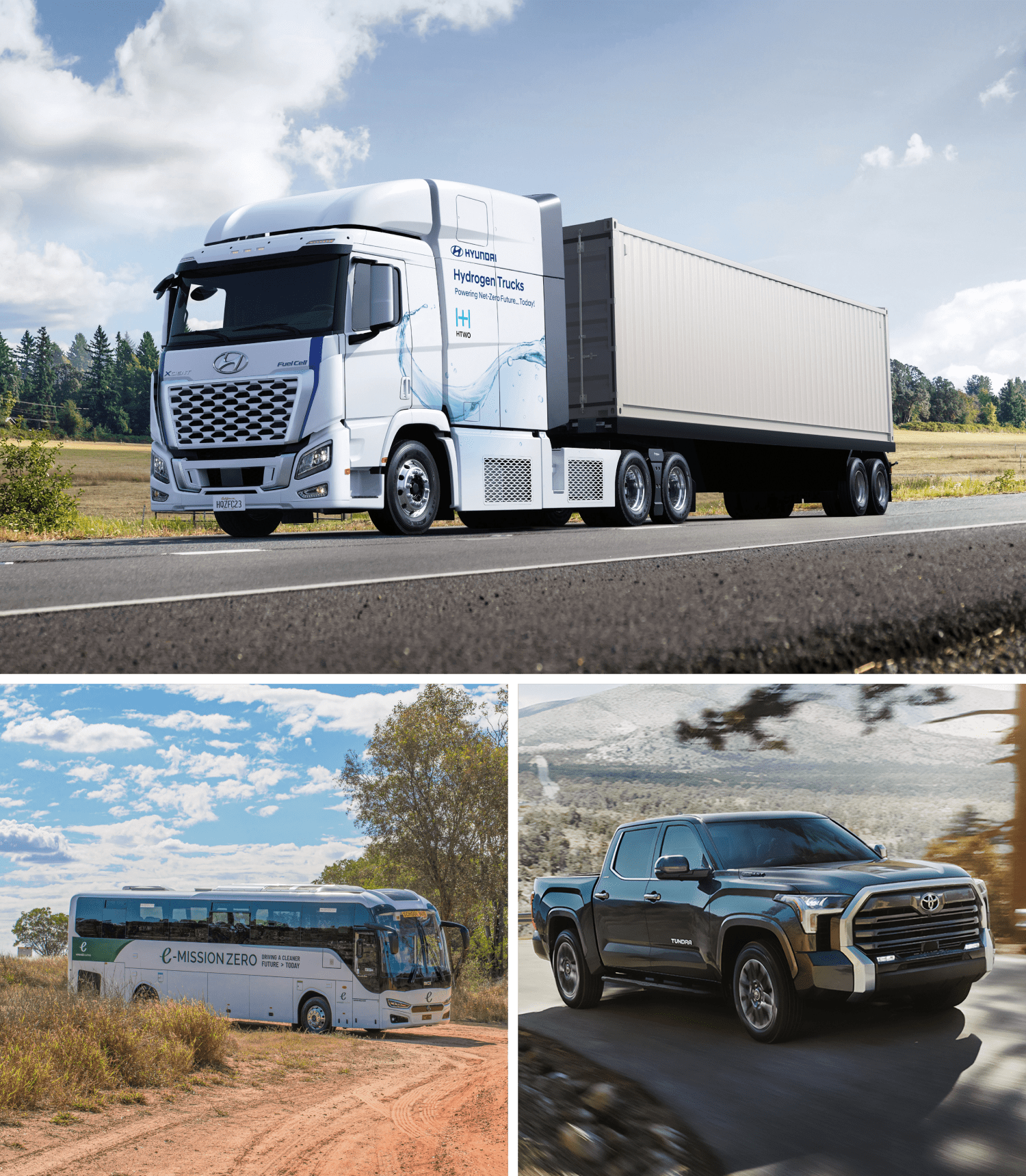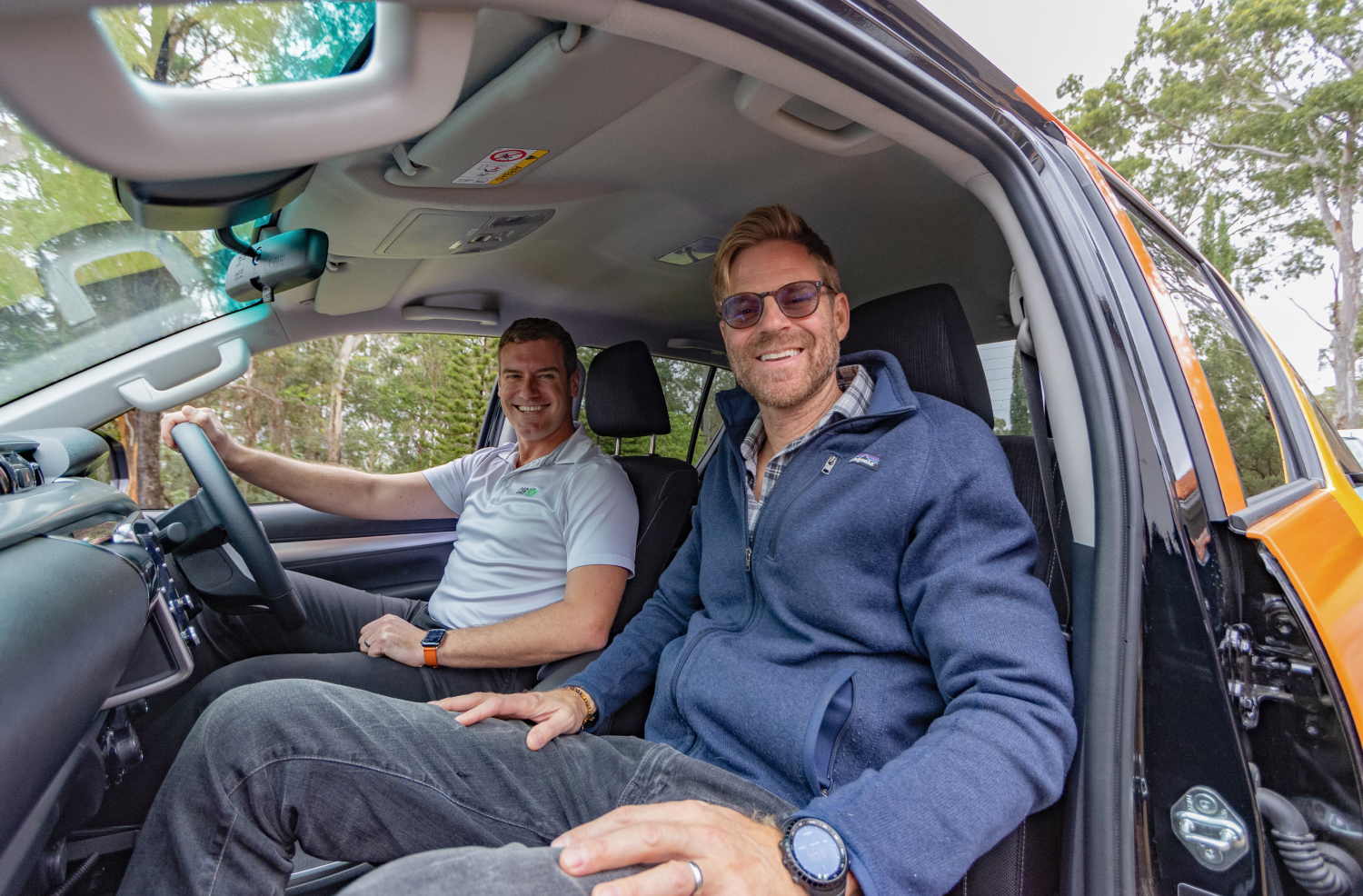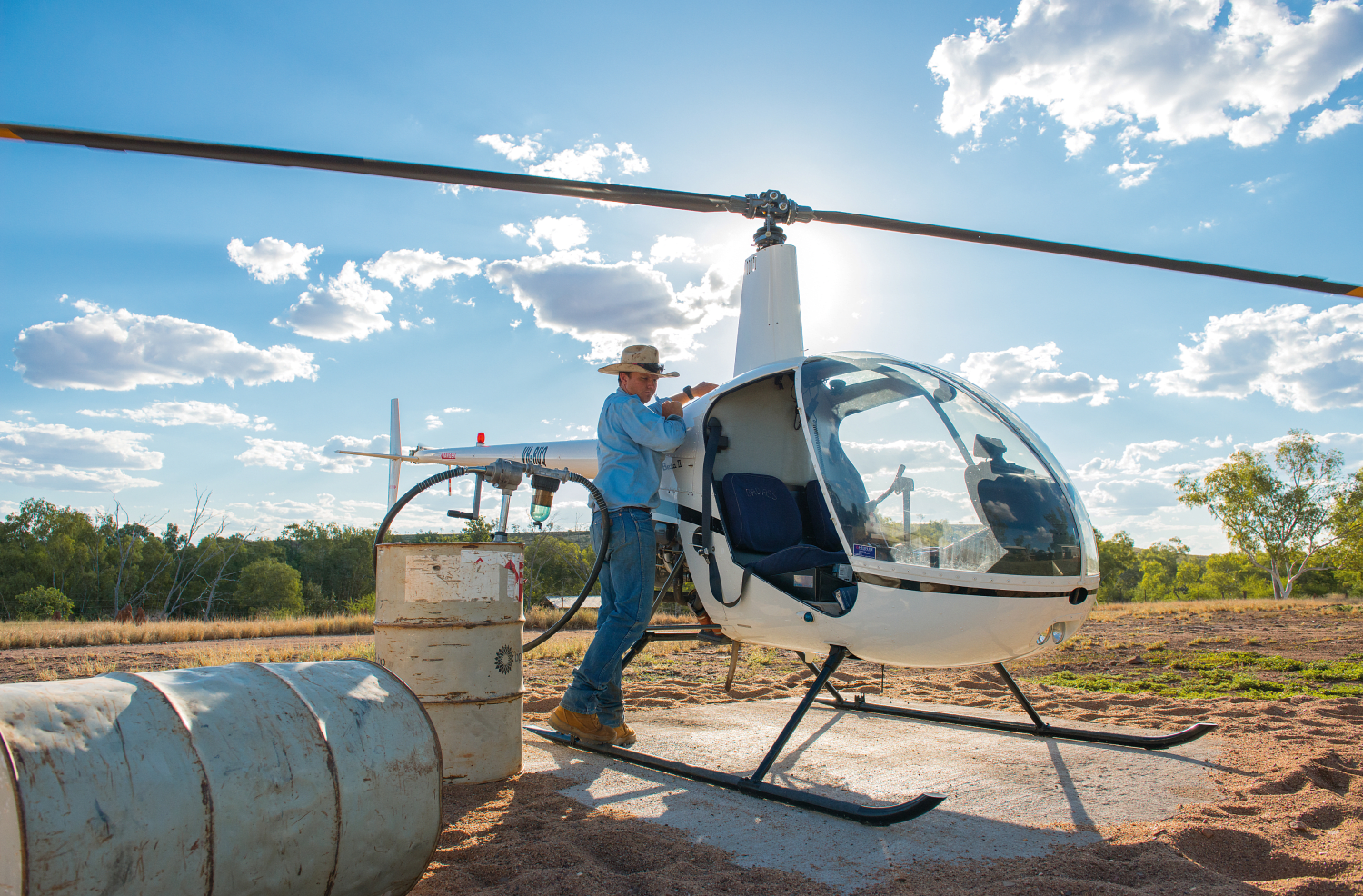CLOCKWISE FROM TOP: Polaris’s electric ATV starts at $42,995; NFF vice-president David Jochinke on his Murra Warra farm;
Stuart Dawson and son Sam inspect their solar-powered Red Earth battery system in the Capertee Valley, NSW; Can-Am’s pair of all-electric motorbikes.
The remote Sandfire Roadhouse, WA, is set to install an EV charging station early in 2024.
Simon Caldwell’s array of batteries for farmhouse and shed power; Sandra Jefford and Wilco Droppert with their powerhouse on Wilandra Farms, near Sale, Vic.
An Off-Grid Energy crew set up a solar panel grid.
The solar-powered Caldwell farm
on Victoria’s Bellarine Peninsula.
Photo Ricky French.
Milne Feeds sales manager Paul Nenke is positive about the future of greener agriculture.
Electric charging station at Euroa, Vic.
Hyundai’s XCIENT prime mover runs a hydrogen fuel cell for 724km of driving range; Central Queensland’s Emerald Coaches is converting to hydrogen-fuelled buses;
Toyota’s Tundra ute runs a hybrid, petrol-electric power plant.
Roev’s Noah Wasmer with Scott Gillespie behind the wheel. Scott, the founder of CarBon New Energy, has signed up for 500 all-electric Roev utes.
Margaret River station manager Rex Seiler fuels up the R22.
